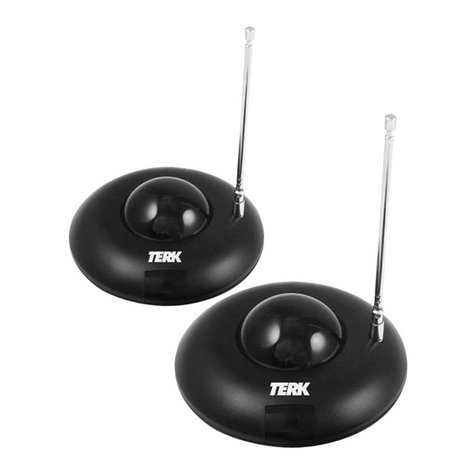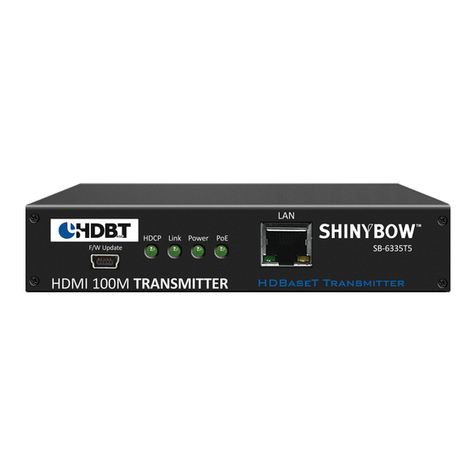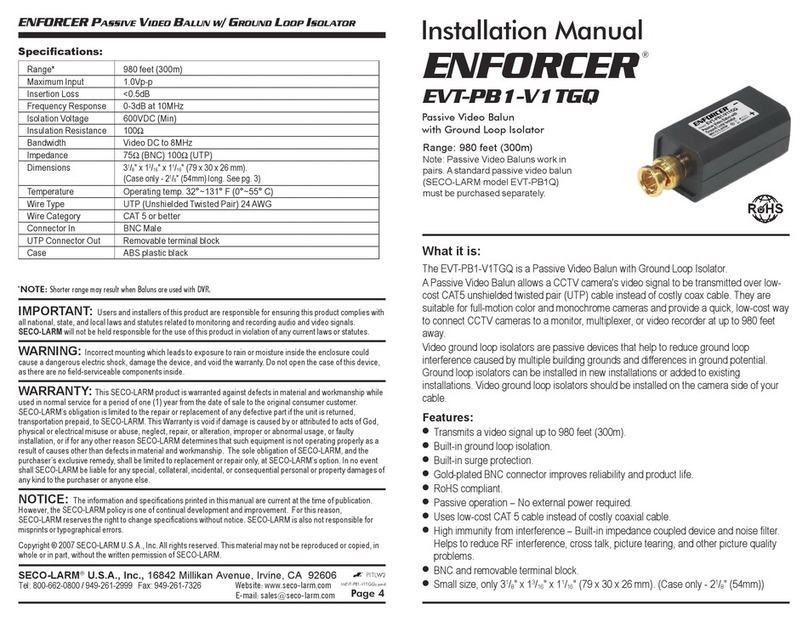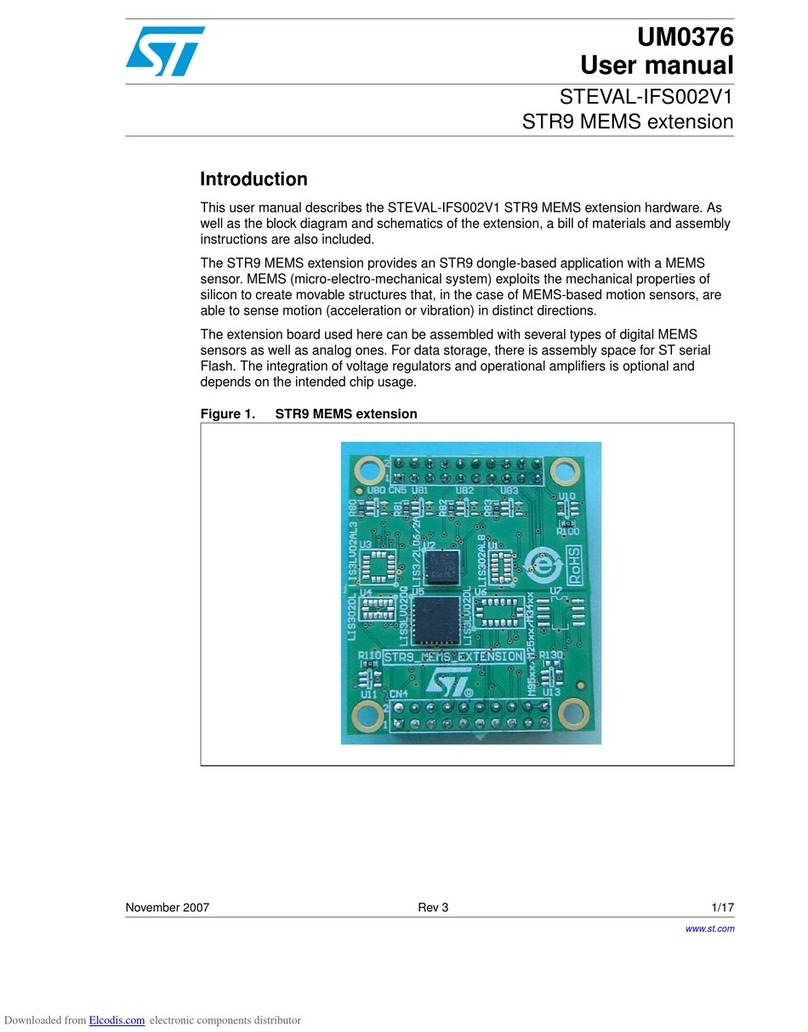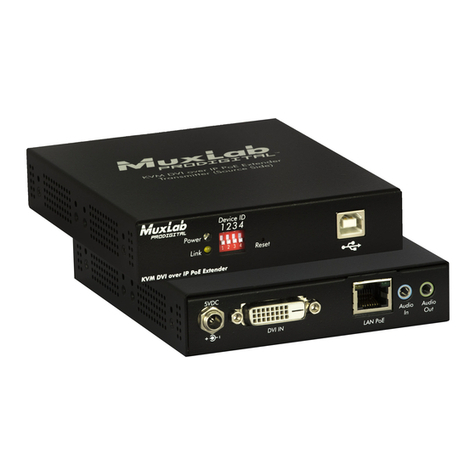Absolute Maximum Ratings STV9302A
2/15
1 Absolute Maximum Ratings
Note:1. Usually the flyback voltage is slightly more than 2 x V
S
. This must be taken into consideration when
setting
V
S.
2. Versus pin 4
3. V3 is higher than V
S
during the first half of the flyback pulse.
4. Such repetitive output peak currents are usually observed just before and after the flyback pulse.
5. This non-repetitive output peak current can be observed, for example, during the Switch-On/Switch-
Off phases. This peak current is acceptable providing the SOA is respected (
Figure 8
and
Figure 9
).
6. All pins have a reverse diode towards pin 4, these diodes should never be forward-biased.
7. Input voltages must not exceed the lower value of either V
S
+ 2 or 40 volts.
2 Thermal Data
Symbol Parameter Value Unit
Voltage
VSSupply Voltage (pin 2) - Note 1 and Note 2 40 V
V5, V6Flyback Peak Voltage - Note 2 70 V
V3Voltage at Pin 3 - Note 2, Note 3 and Note 6 -0.4 to (VS+ 3) V
V1, V7Amplifier Input Voltage - Note 2, Note 6 and Note 7 - 0.4 to (VS+ 2) or +40 V
Current
I0 (1) Output Peak Current at f = 50 to 200 Hz, t ≤10µs - Note 4 ±5 A
I0 (2) Output Peak Current non-repetitive - Note 5 ±2 A
I3 Sink Sink Current, t<1ms - Note 3 1.5 A
I3Source Source Current, t <1ms 1.5 A
I3Flyback pulse current at f=50 to 200 Hz, t≤10µs - Note 4 ±5 A
ESD Susceptibility
ESD1 Human body model (100 pF discharged through 1.5 kΩ)2kV
ESD2 EIAJ Standard (200 pF discharged through 0 Ω) 300 V
Temperature
TsStorage Temperature -40 to 150 °C
TjJunction Temperature +150 °C
Symbol Parameter Value Unit
RthJC Junction-to-Case Thermal Resistance 3 °C/W
TTTemperature for Thermal Shutdown 150 °C
TJRecommended Max. Junction Temperature 120 °C

